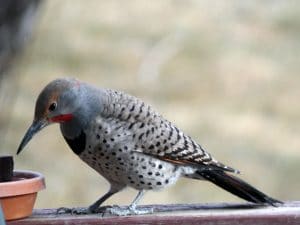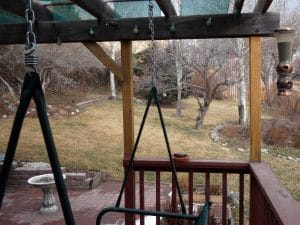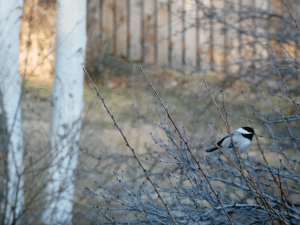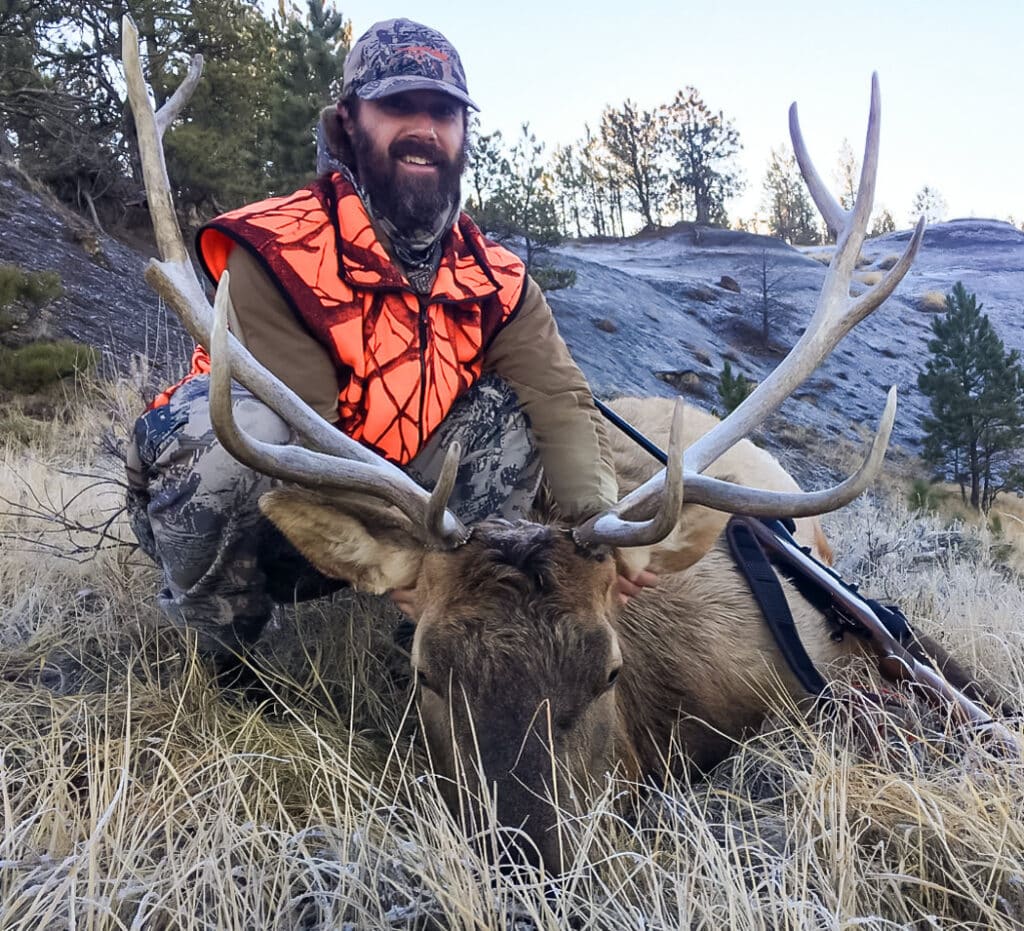
Read our comments below.
Dear Chairman Colton and commissioners, The Montana Wildlife Federation is our state’s oldest and largest state-based wildlife conservation and sporting organization, with 84 years of work on key wildlife, habitat and access issues. We work to solve the complex issues surrounding our public trust wildlife resources and have decades of achievement in finding practical solutions to these complex issues.
MWF thanks the Commission for making significant changes to the proposed 2020-21 elk hunting seasons as proposed by FWP staff. However, the performance based “shoulder seasons” that began in 2015 as a pilot project have grown to 58 districts and have a mixed record of achieving the intended results as laid out in the performance criteria.
Those criteria were an agreement between FWP and the hunters of Montana to measure the actual effectiveness of these hunts. They stress throughout that they’re not meant to be permanent, and not meant to replace general season harvest, which should be the primary management tool we use for wildlife. That’s essential for numerous reasons, including the ethics of when we hunt animals, the effectiveness of spreading out wildlife across the landscape to have equal opportunity, and the need to get our elk harvest when the most hunters are in the field. That’s a lesson we learned decades ago, and yet it appears FWP staff was moving back toward a reliance on late seasons to address elk herds in areas where the vast majority of hunters have little access during the general rifle season.
One of the fundamental objectives of shoulder seasons was to reduce exclusive access to elk and to see a corresponding increase in general season harvest. In some areas that has worked out, but in other areas exclusive access to elk has increased. FWP’s analysis shows that an increase of more than 1 million acres of exclusive access to elk has occurred since 2015. Increased harvest limits and longer seasons are not solutions if the primary problem of exclusive access is not addressed. The department needs to increase its efforts in working with landowners to find a solution to the access issue before continuing or proposing elk shoulder seasons.
In areas where the shoulder seasons are meeting the criteria, MWF will support their continuation. But it’s essential that these do not become the season structure of choice in perpetuity. Shoulder seasons are just one tool that can be used to get elk populations to objective. In the areas where the shoulder seasons are not meeting the criteria, they need to be discontinued and FWP needs to try something else. We are encouraged by the move made by the Commission to try a license/permit type that is valid in the general season and for the month of December in those districts.
We offer the following shoulder season comments by FWP region:
In Region 1, those districts represent some small land ownership, and do not appear to be facilitating exclusive use of elk. We do not oppose their continuation.
In Region 2, we commend FWP for making considerable changes in the proposed tentative seasons in an effort to get away from the late shoulder seasons in most districts. Three of the districts still proposed to hold shoulder seasons represent small land ownership, and we again recognize the difficulty in managing elk there. The other two, in the Blackfoot Valley, appear to be meeting the harvest criteria.
However, FWP is still proposing shoulder seasons in districts at or even below objective. That does not meet the original intent and we do not support their continuation. We would propose a potential license or permit type to address game damage in areas before the general season, as well as a revamp of the game damage hunt structure to allow biologists to get hunters on the ground quickly and effectively to push elk out of hayfields and prevent damage.
Region 3 has largely stayed away from shoulder seasons, and continued with its management and damage hunts. That is a model for the rest of the state.
Regions 4 and 5 have the most widespread use of shoulder seasons and access to elk is extremely difficult. Exclusive access to bull elk hunting has increased by more than a half million acres and exclusive access to cow elk hunting by more than 400 thousand acres since 2015. Many of these districts were not meeting the criteria and we are supportive of the department’s move to end those shoulder seasons in search of something else. The LPT proposed is another attempt to try a different season structure that helps address elk populations, but as usual will only work if landowners work with the department and hunters to craft access programs that help not only kill more elk, but also redistribute them back onto public lands where hunters have more access to them. We suspect that landowner tolerance has changed substantially since population objectives were established and we encourage the Department to engage with the large landowners where exclusive access to elk hunting occurs to find more equitable means of access to the public elk.
MWF supports continuation of the shoulder season in Hunting District 445, the Devil’s Kitchen, until that time that population objectives are meet. This area is a model of a collaborative effort between FWP, landowners, outfitters and hunters to craft a season structure that focuses on a strong general season harvest. We would, however, propose a modification to the shoulder season that would end the season on Dec. 31. Additional harvest of cow elk after that point would be covered under a revamped game damage hunt structure that would allow biologists to get hunters on the ground quickly, less than 24 hours.
Region 6 has been more limited in its use of shoulder seasons as well, and we are glad to see some moves to dial them back. Again, we would like to see any districts not meeting the harvest criteria try something different.
The 2005 Elk Plan established population objectives for elk herds throughout Montana. It was presupposed that the Adaptive Harvest Management approach would provide the tools necessary to accomplish those objectives. One of the realities in attempting to manage toward objective is the fact that de facto refuges exist in many hunting districts. In these cases, the 2005 Elk Plan states, “Elk occupying these refuges may be counted separately and sub-objectives established that could be operative if access negotiations are successful.” Further, the Elk Plan established a process to amend those objectives (page 59). The ongoing Elk Plan rewrite should include that process to separate manageable elk from elk that are largely unavailable for management.
Finally, we would like to point out that the use of an antlerless-only hunting season on the general elk license is often referred to as a radical proposal. In fact, FWP is already utilizing this structure, with limited bull elk permits, in HD 217. Such a structure in other areas that are grossly over the objective is worth consideration, at least for one or two seasons.
Thank you for the opportunity to comment. We are encouraged that the Commission continues to look for ways to meet their public trust responsibilities through increasing public hunting opportunity of our elk during the general season while addressing landowner concerns.
Sincerely,
Tom Puchlerz
MWF President




